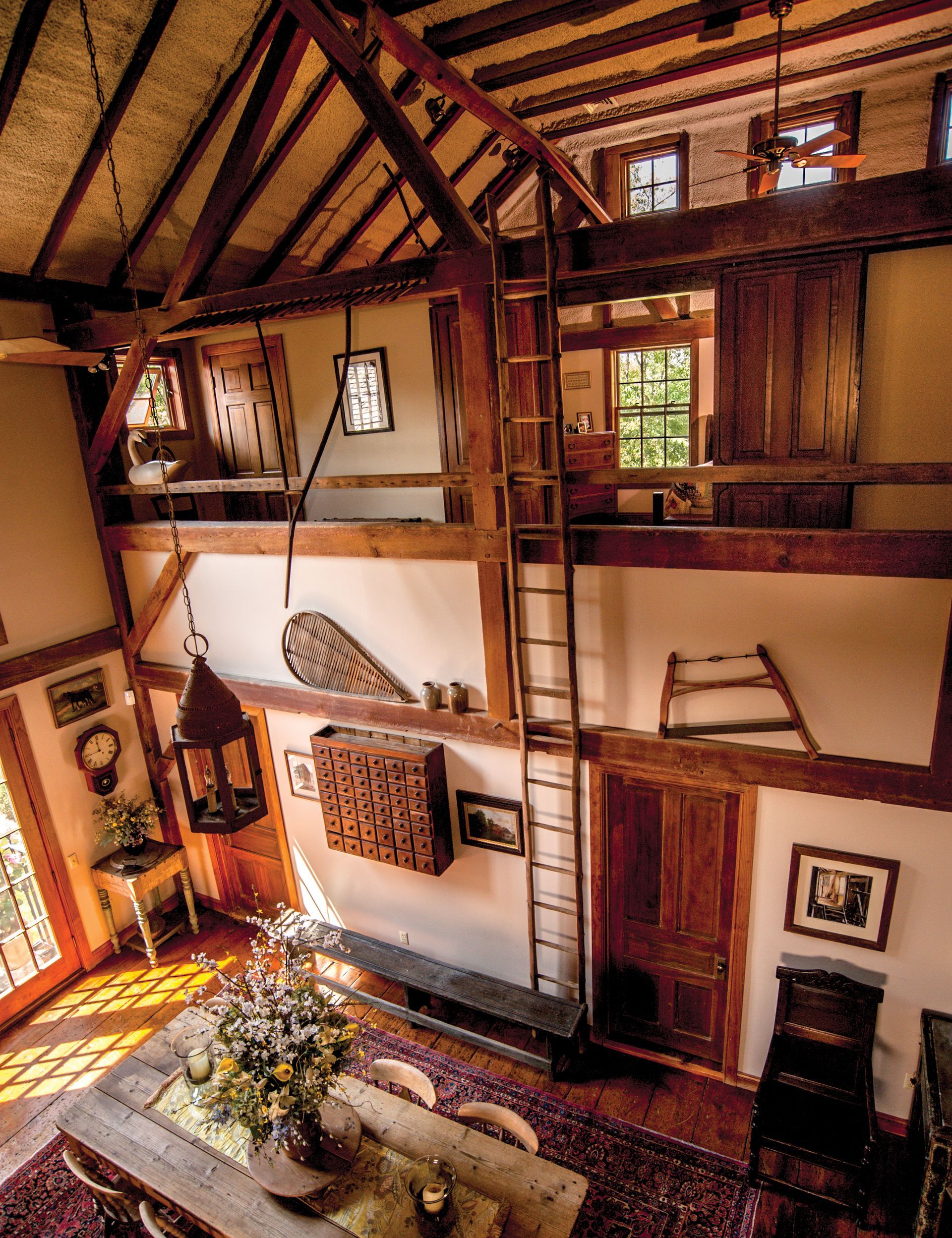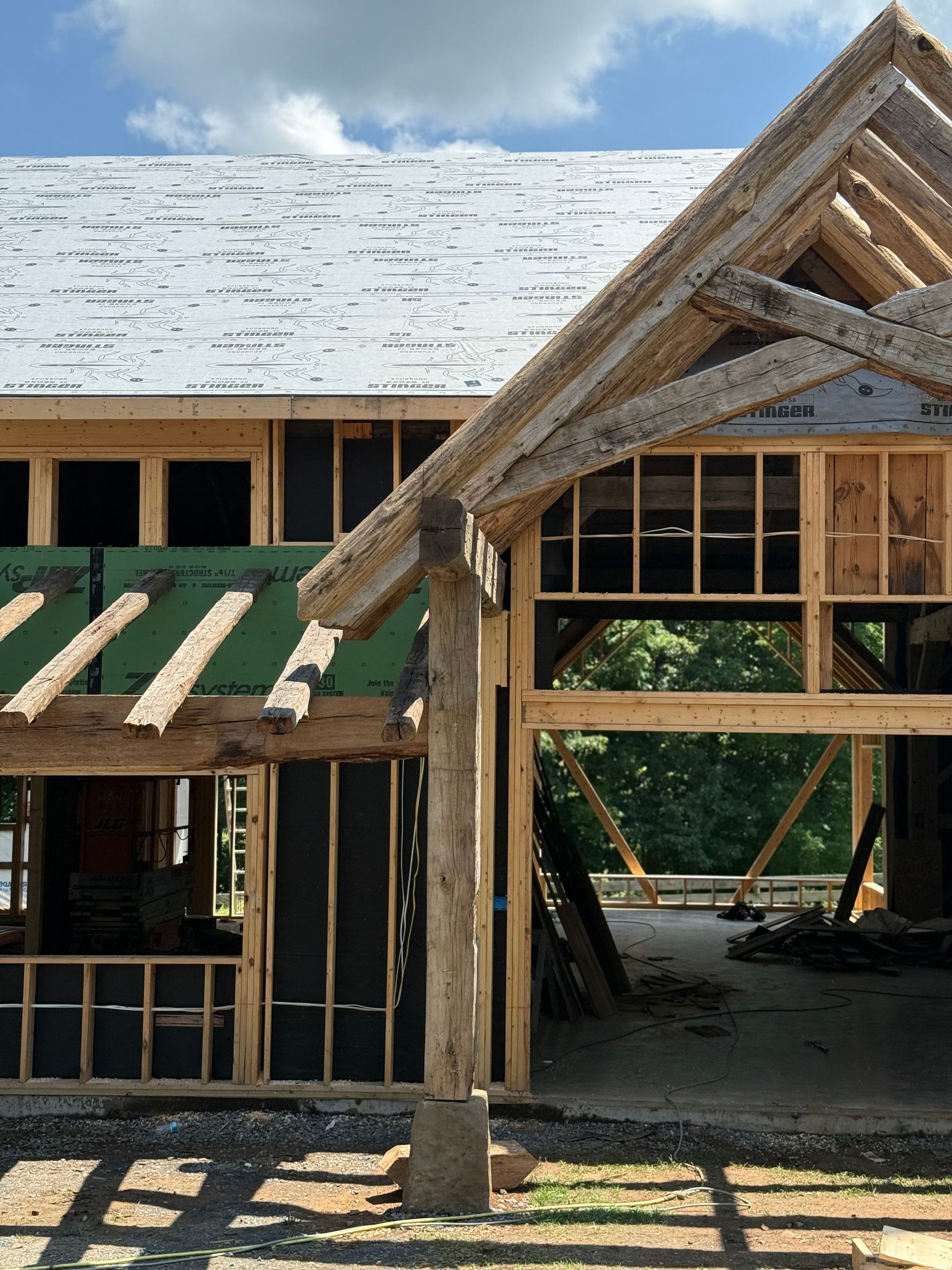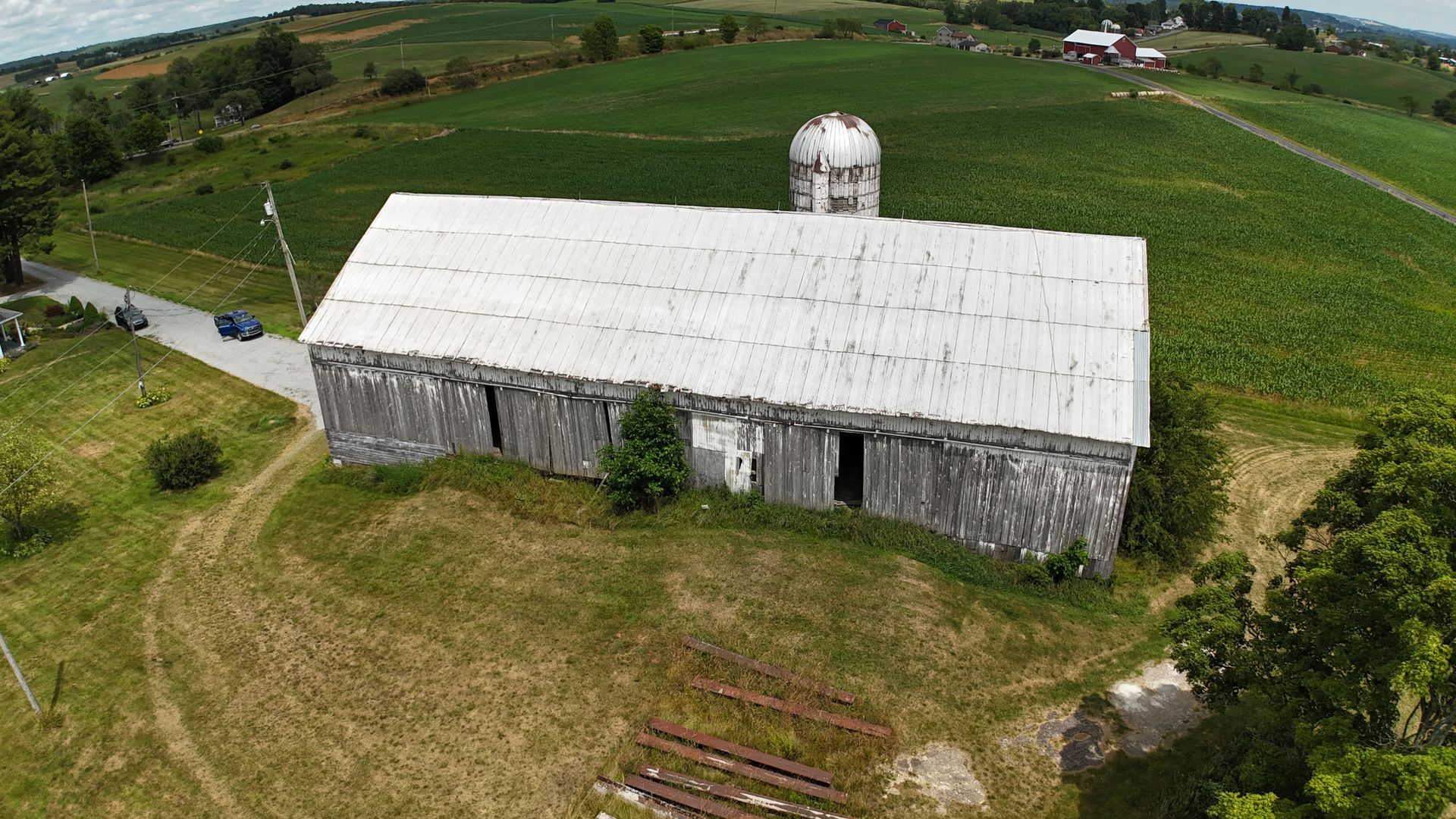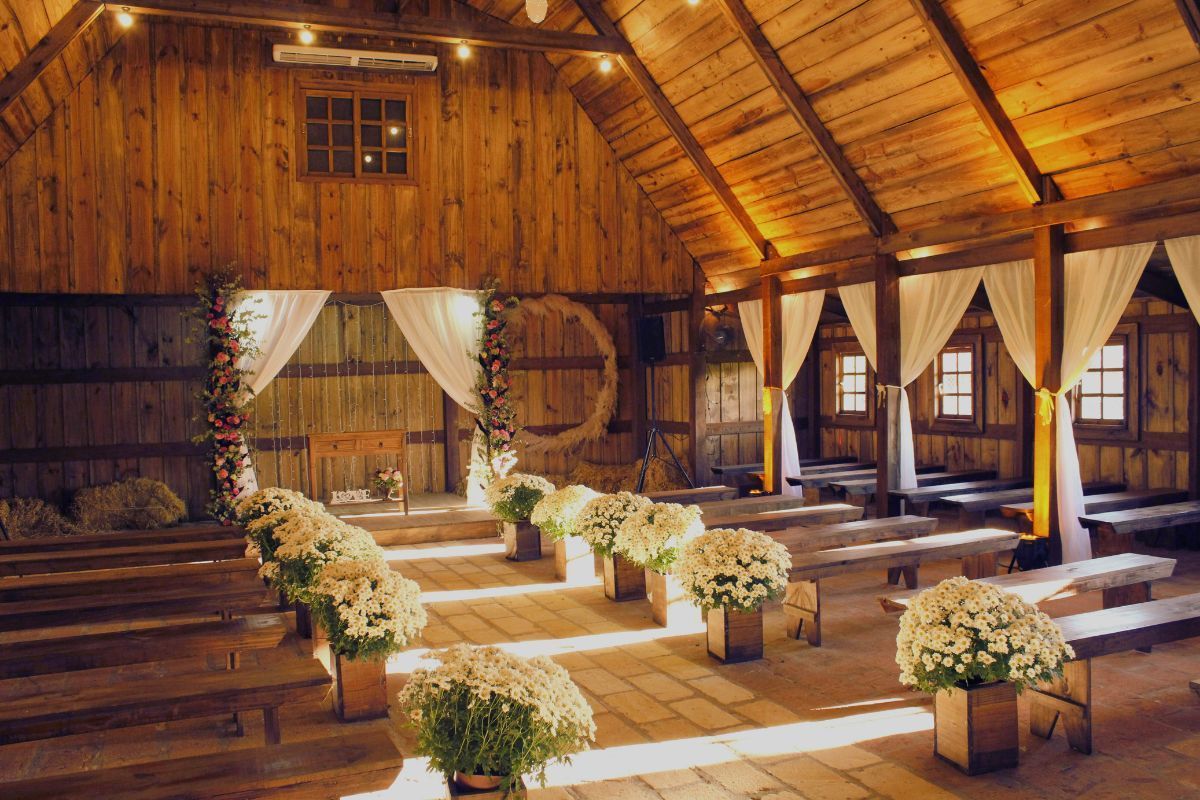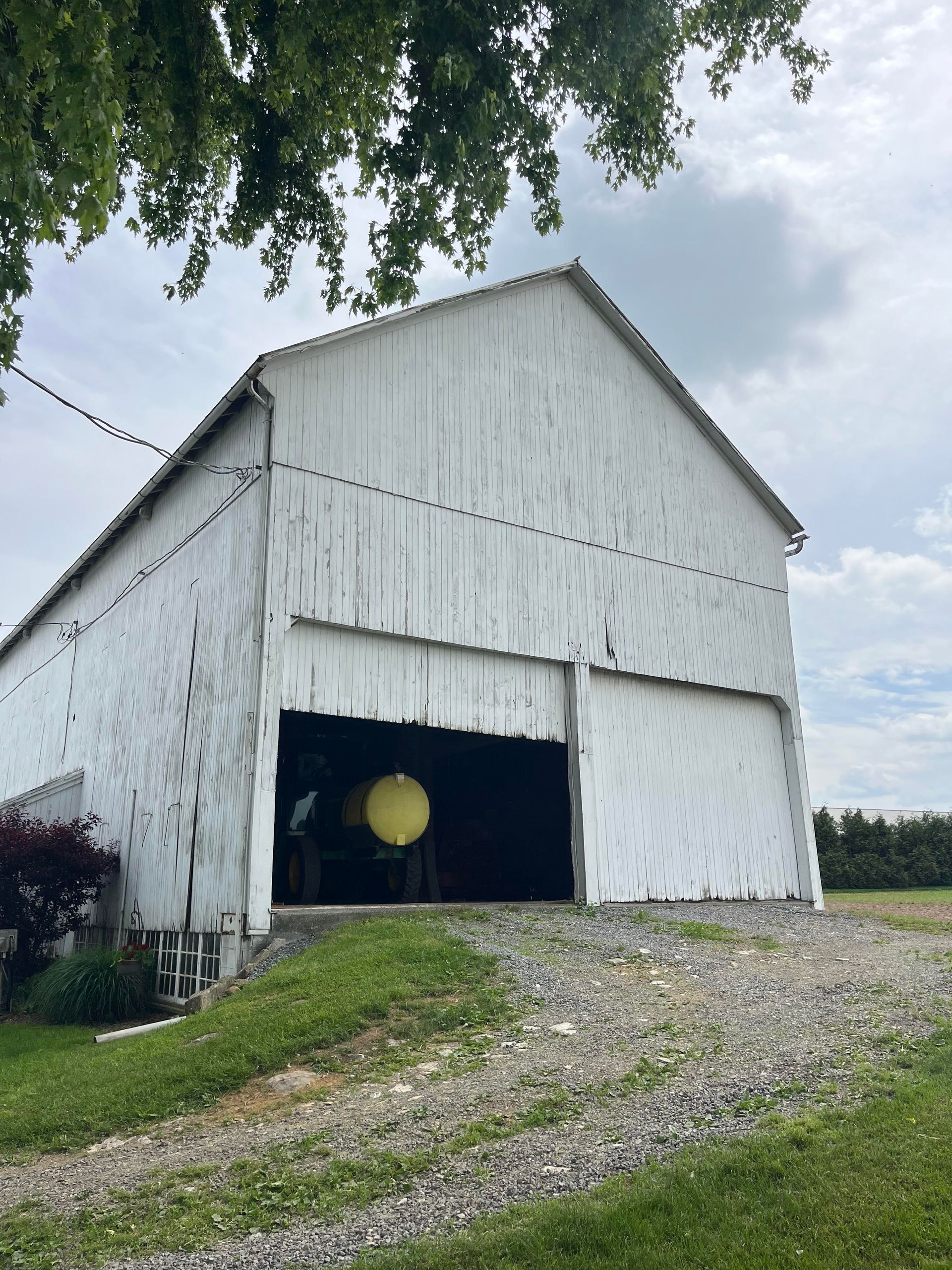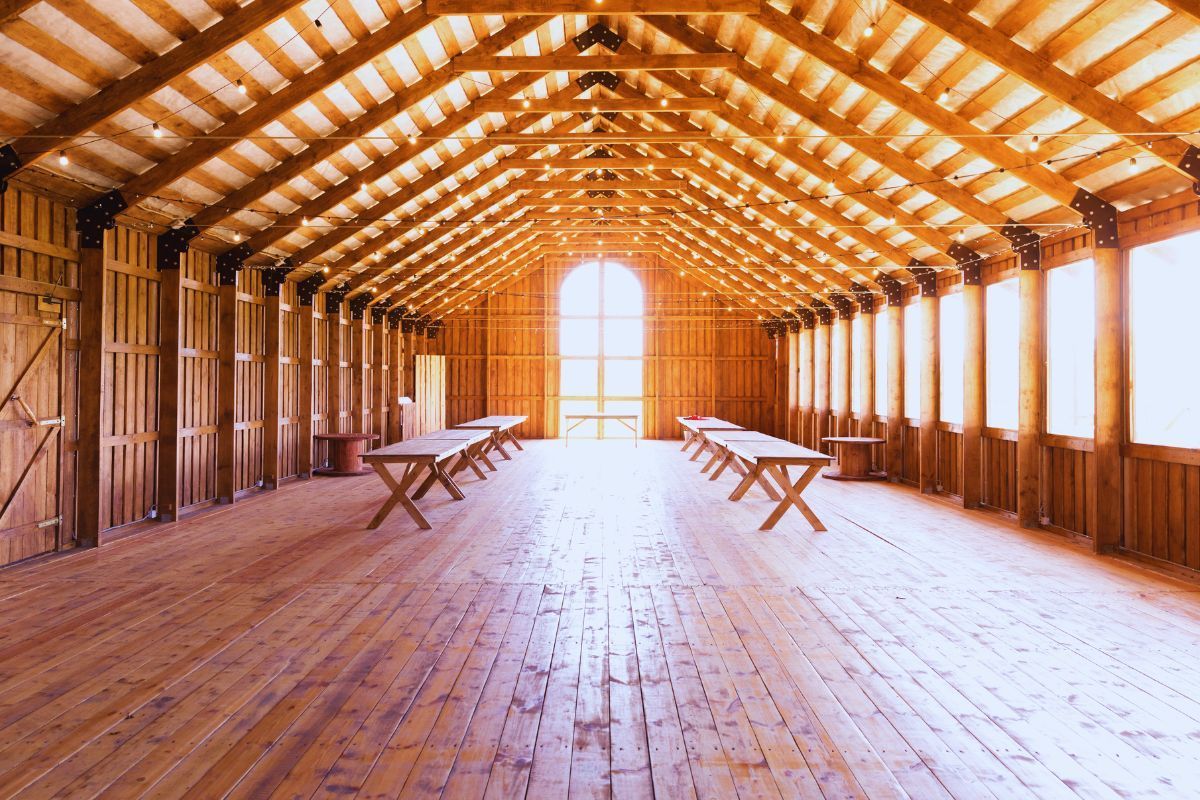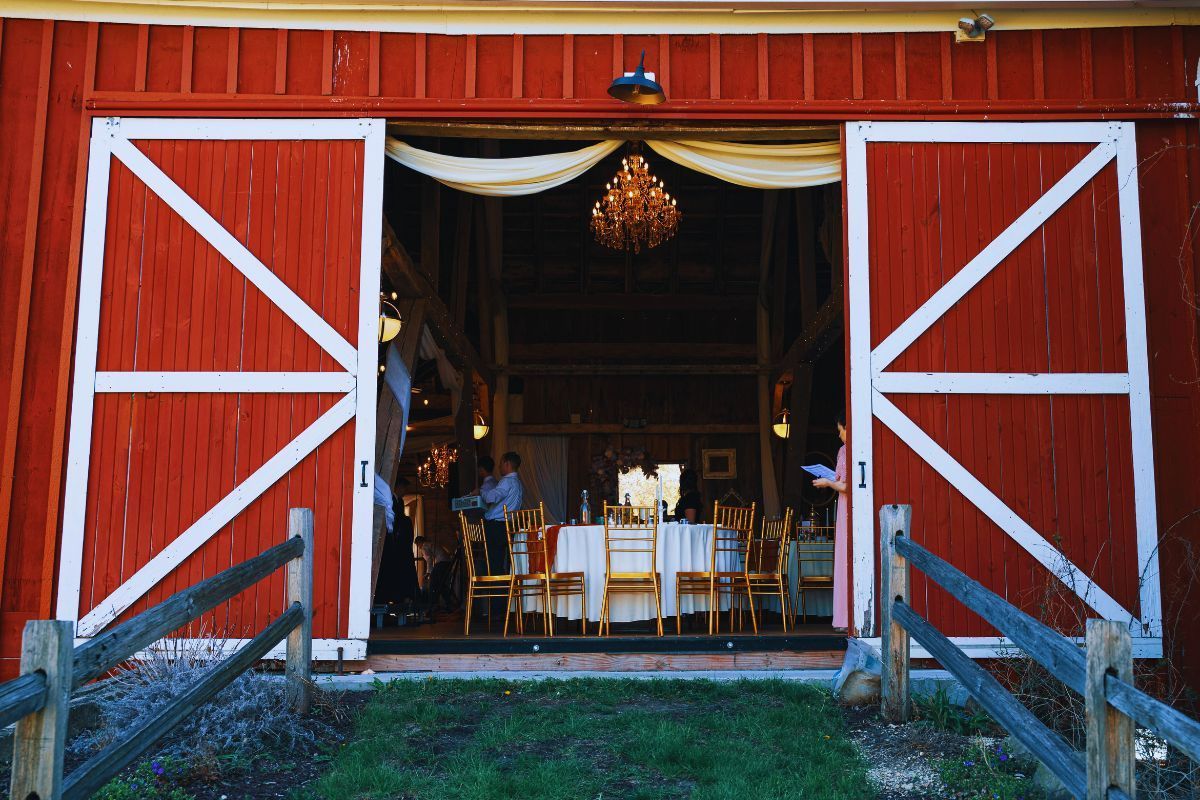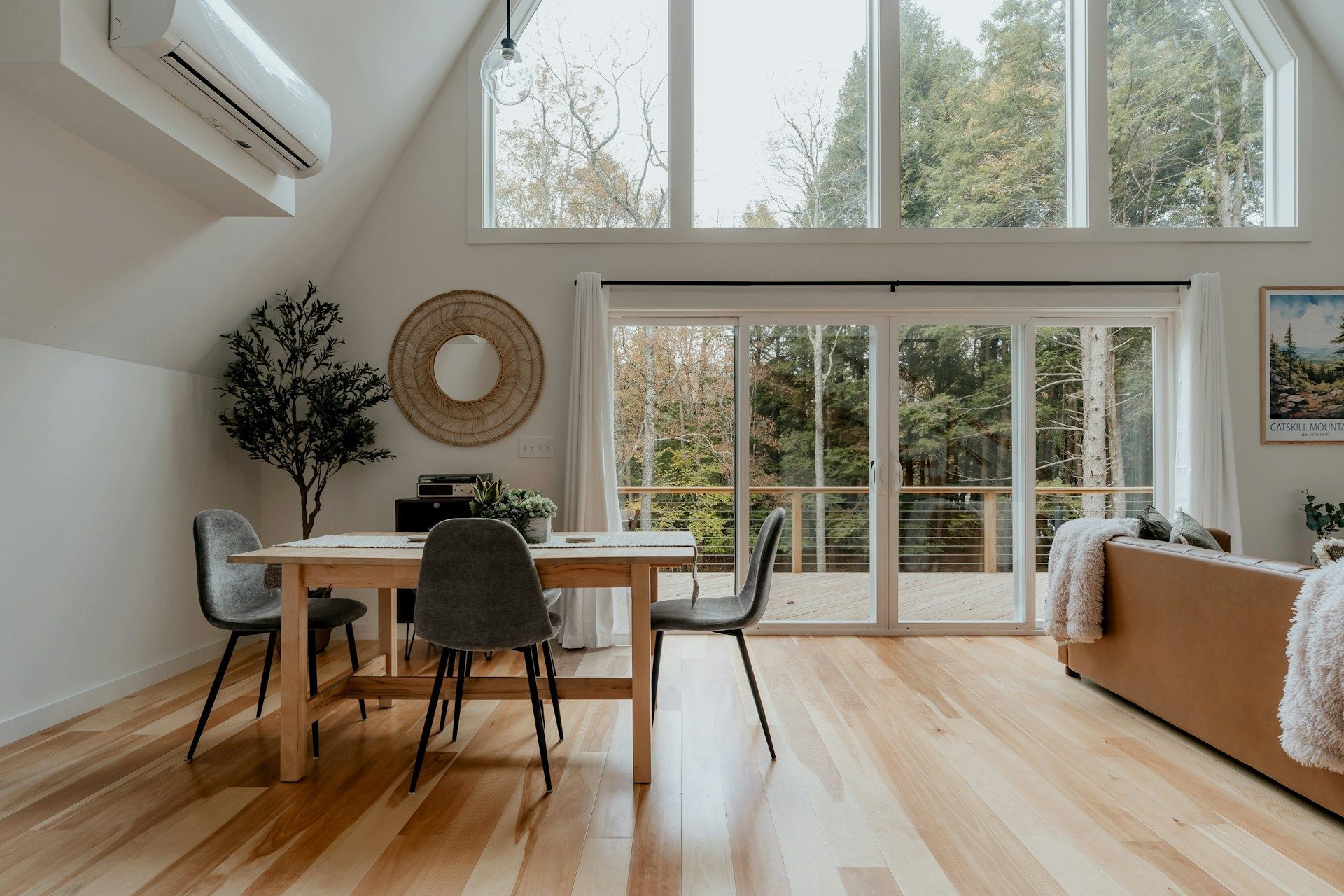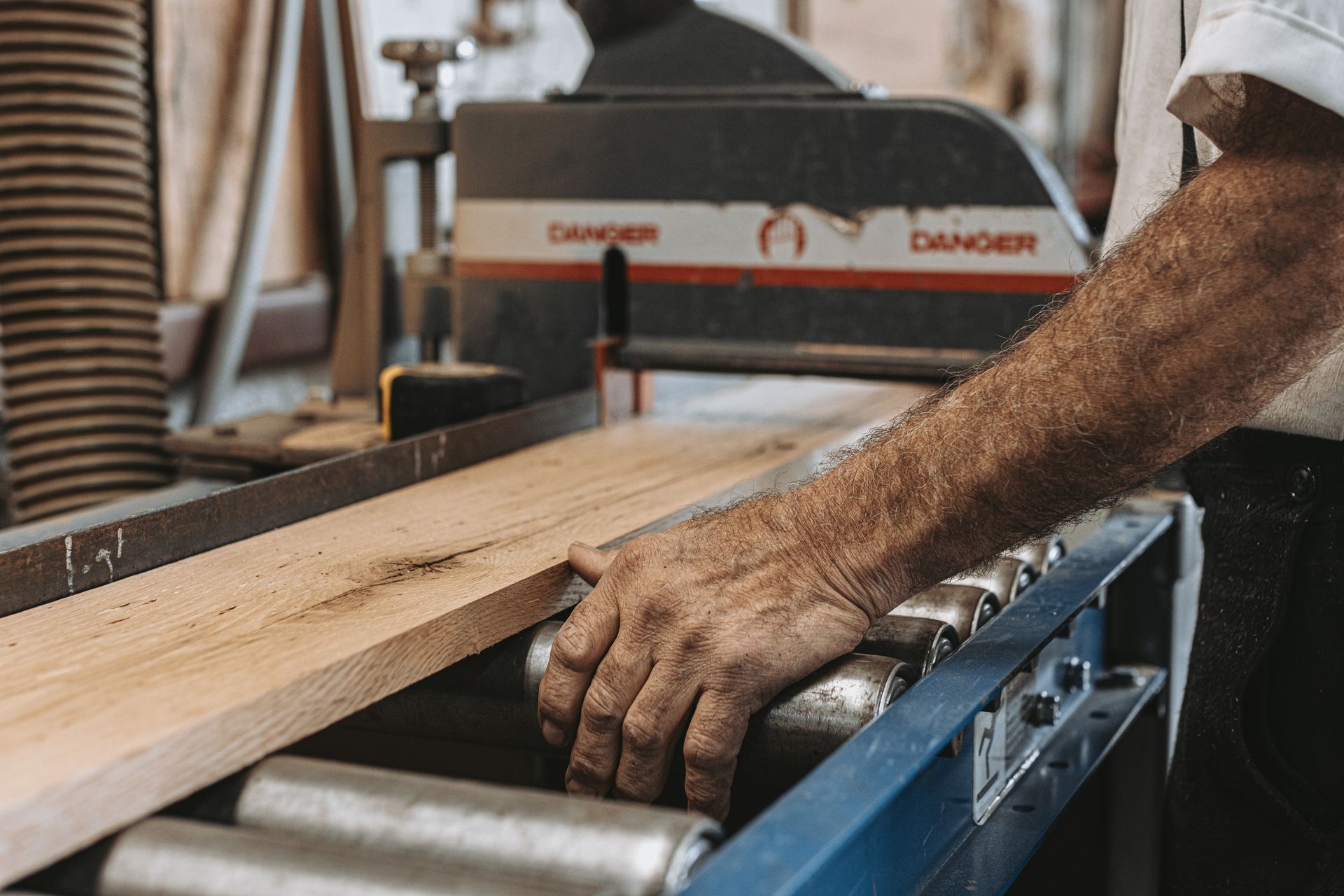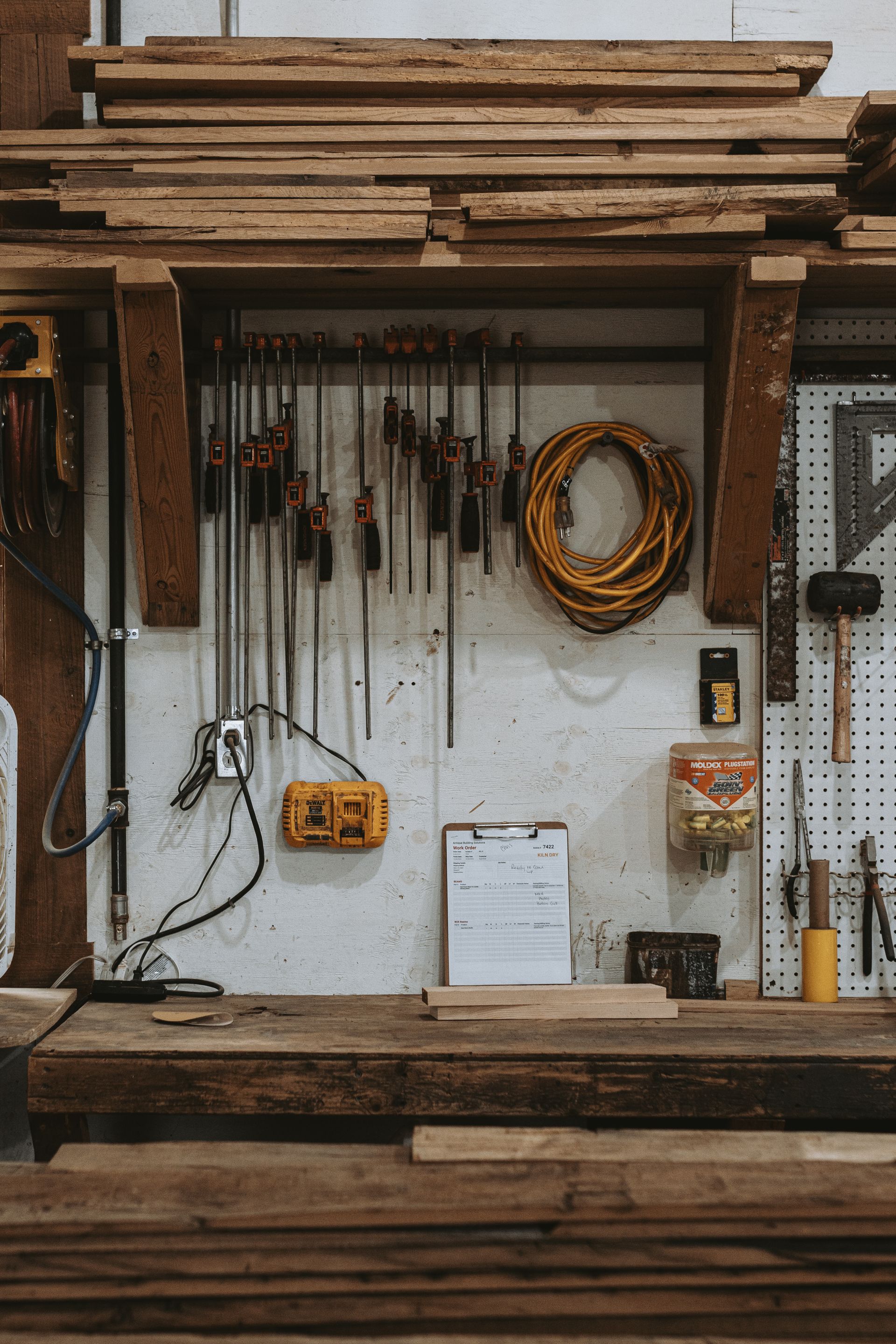What Makes Historic Timber Frames the Ultimate Investment?
Discover why historic timber frames offer timeless value.
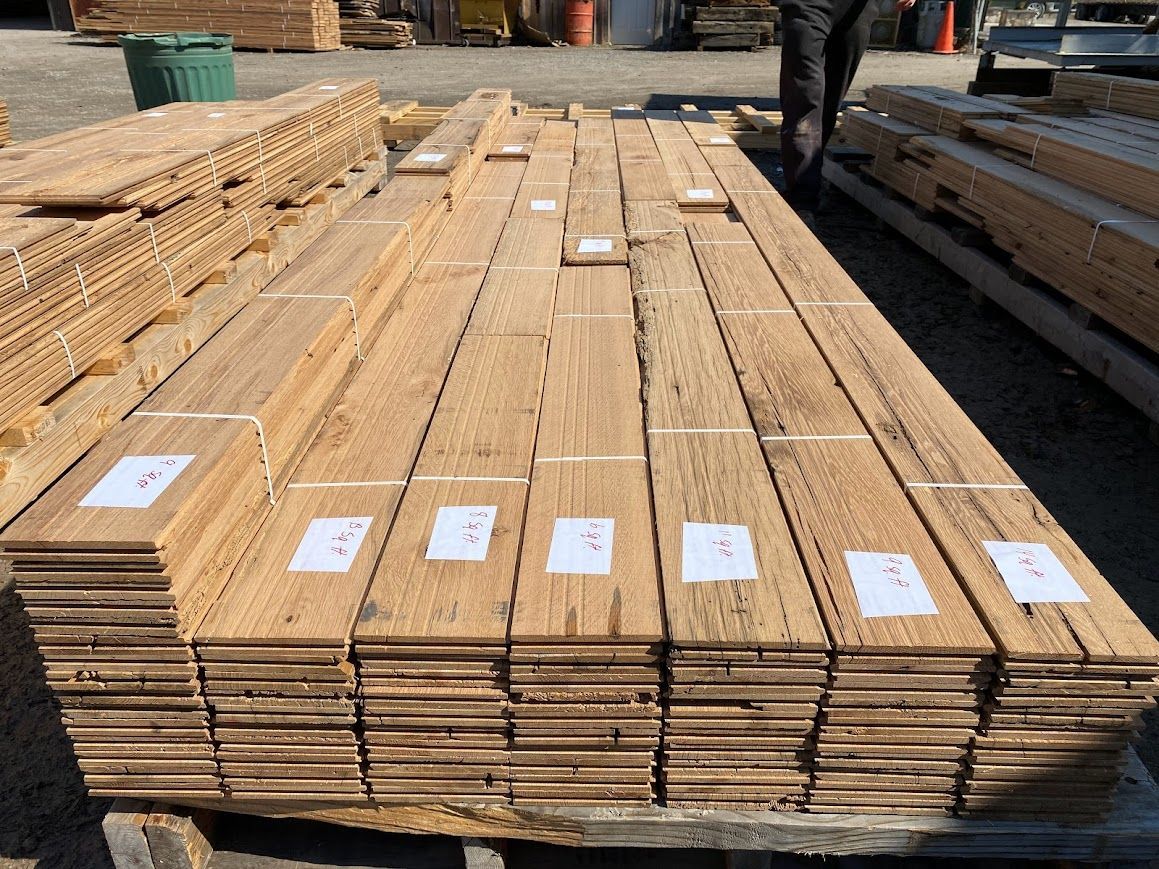
Historic timber frames are like time capsules, showing us how people built and lived hundreds of years ago. These wooden structures, including barns, houses, and churches, were made with careful craftsmanship and materials built to last. But what makes a timber frame "historic"? And how can you spot one?
Here’s what you need to know about these treasures of architecture.
What Is a Historic Timber Frame?
A historic timber frame is a wooden structure made before modern tools and building methods took over, usually before the 1900s. These frames are the "bones" of a building, made of large wooden beams joined without nails or screws. Instead, skilled builders used clever techniques to connect the wood.
The real value of these frames isn’t just their age. It’s about how they were built, the materials used, and their connection to the culture and history of the area.
How to Spot the Features of a Historic Timber Frame
Hand-Hewn Beams
Look closely, and you’ll see wooden beams with unique marks left by hand tools. Early builders used axes and adzes (a type of carving tool) to shape logs into beams. This handwork creates:
- Uneven surfaces with wave-like textures
- Marks left by the builder's tools
- Beams that might not be perfectly straight but are full of character
These marks aren’t flaws. They’re like a signature, showing the craftsmanship and hard work it took to create these structures.
Old-School Joinery Methods
You won’t find nails and screws holding historic frames together. Instead, these structures rely on joinery, where wood pieces fit together like puzzle pieces. Some common examples include:
- Mortise and tenon joints – One piece of wood has a "tongue" (tenon) that fits into a "pocket" (mortise) in another piece.
- Dovetail joints – Interlocking cuts make a strong connection, like zigzag pieces fitting together.
- Scarf joints – Used to connect two beams end-to-end when extra length was needed.
- Wooden pegs – Called trunnels, these wooden pins hold everything tightly in place.
These methods weren’t just for show; they helped the wood hold together better as it dried and aged.
Builders’ Marks
You might find markings carved into the wood when taking apart historic timber frames. These aren’t random scribbles. They’re like blueprints carved by the builders.
- Roman numerals or other numbers told builders where each piece should go.
- Scribe lines showed how pieces should line up.
- Unique marks could even link the frame to a specific builder or region.
Marks like these made it easier to assemble the frame, especially during a "raising day" when the whole community helped put it together.
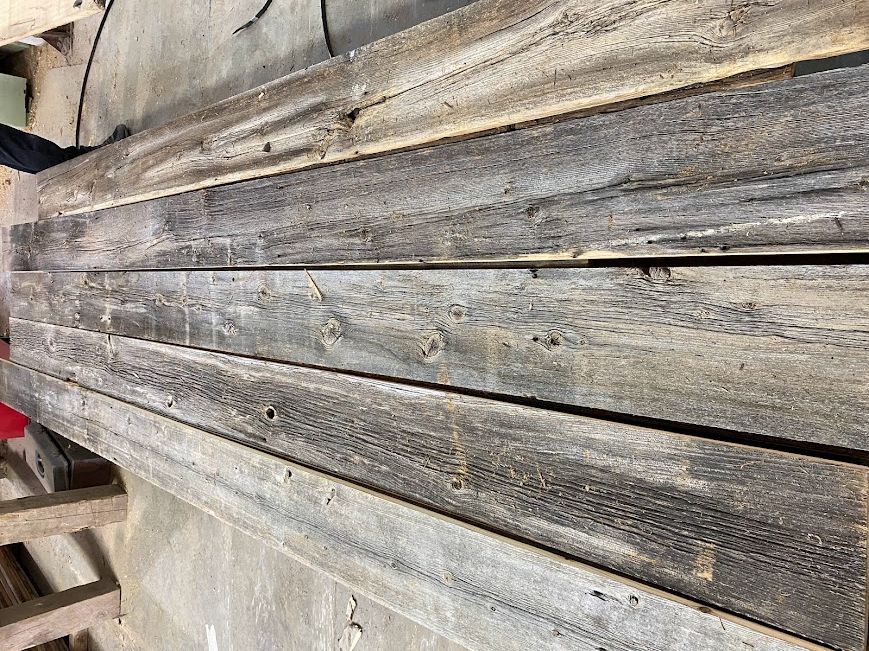
Regional Styles
Historic frames also tell us about the area and people who built them. Styles changed depending on local traditions, climate, and resources. For example:
- New England frames might have "gunstock posts," which widen at the top for extra strength.
- Dutch-inspired frames in New York and New Jersey often used "H-bent" construction for stability.
- German influences in states like Pennsylvania and Ohio include angled wooden braces for extra support.
- Southern frames were designed for hot climates, with ventilation and regional wood types.
Each style helps tell the story of the people who lived there.
Wood Types and Aging
Builders used the wood that was easiest to find in their area. For example:
- Strong woods like oak were used for important posts and beams.
- Chestnut was popular in older frames on the East Coast before the chestnut tree blight.
- Softer woods like pine were used for lighter parts, like roof supports.
- Hickory and maple, tougher hardwoods, were often chosen for pegs and other small, strong pieces.
Over time, the wood develops a rich, dark patina from exposure to air, sunlight, and even smoke. This aged look is something modern builders can’t fake and adds historic character.
Saving History, One Frame at a Time
Understanding the unique features of historic timber frames helps us appreciate their value. These aren't just buildings; they're pieces of history, showing the skill and creativity of early craftsmen.
Bay & Bent works to preserve this history by carefully dismantling these old frames, fixing them at their workshop, and preparing them for a new purpose. Instead of leaving these structures to decay, they give them new life to be appreciated for years to come.
Are you thinking about using a historic timber frame in your building project? Visit Bay & Bent to learn about their process and how to make these timeless pieces of architecture part of your design.
Why It Matters
Features like hand-shaped beams, clever joinery, and regional styles make historic timber frames true works of art. They’re not just buildings; they’re a window into the past. By learning about and preserving these frames, we honor the history, hard work, and craft of those who came before us.
Whether you're planning a project or just love history, these unique structures deserve to be celebrated. Why not give them a new chapter in their story?
